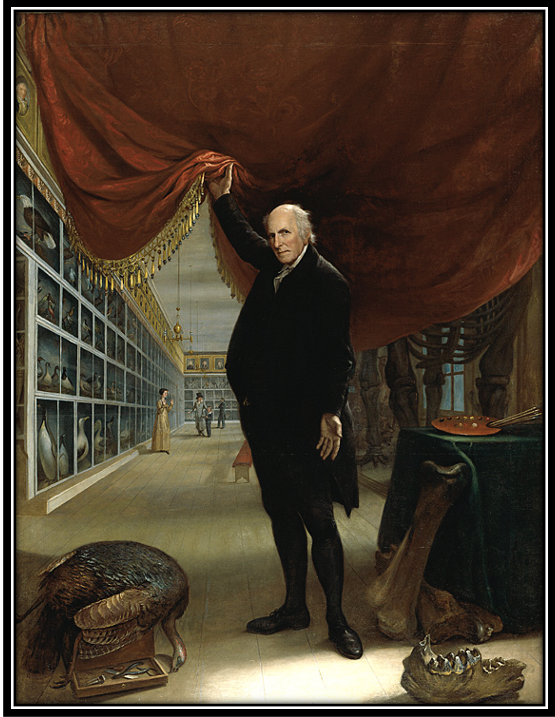Mondays, Wednesdays, & Fridays, 1:25-2:20 pm
Dr. Tracy Teslow
This class will examine the thinking and practices that lie behind collecting and exhibiting artifacts of history, science, and culture. Among the questions the course will explore are: What are museums for? Who do they serve? What underlies the authority of their claims about the world? In this course, we will explore collecting and displaying objects as a means for creating and organizing knowledge about the world, from the early modern period to the present, from early cabinets of curiosity to later museums of art, science, and history, first in Europe and then in the United States. This course examines the relationship between the production of knowledge about peoples and the world and its relationship to broader social formations and institutions, especially museums, in various historical, social, cultural, economic, and political contexts, especially regarding race, class, and gender. We’ll study how ideas about nature itself and how one reaches conclusions about the world have changed over the last 400 years and look at the profound effects these changes have had on museums and collecting.
